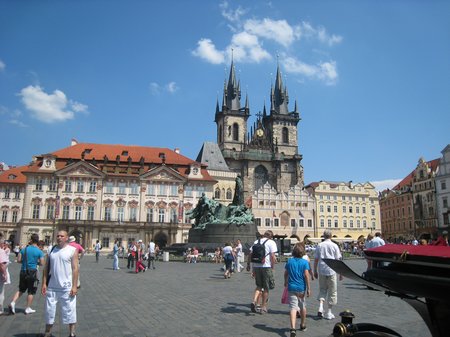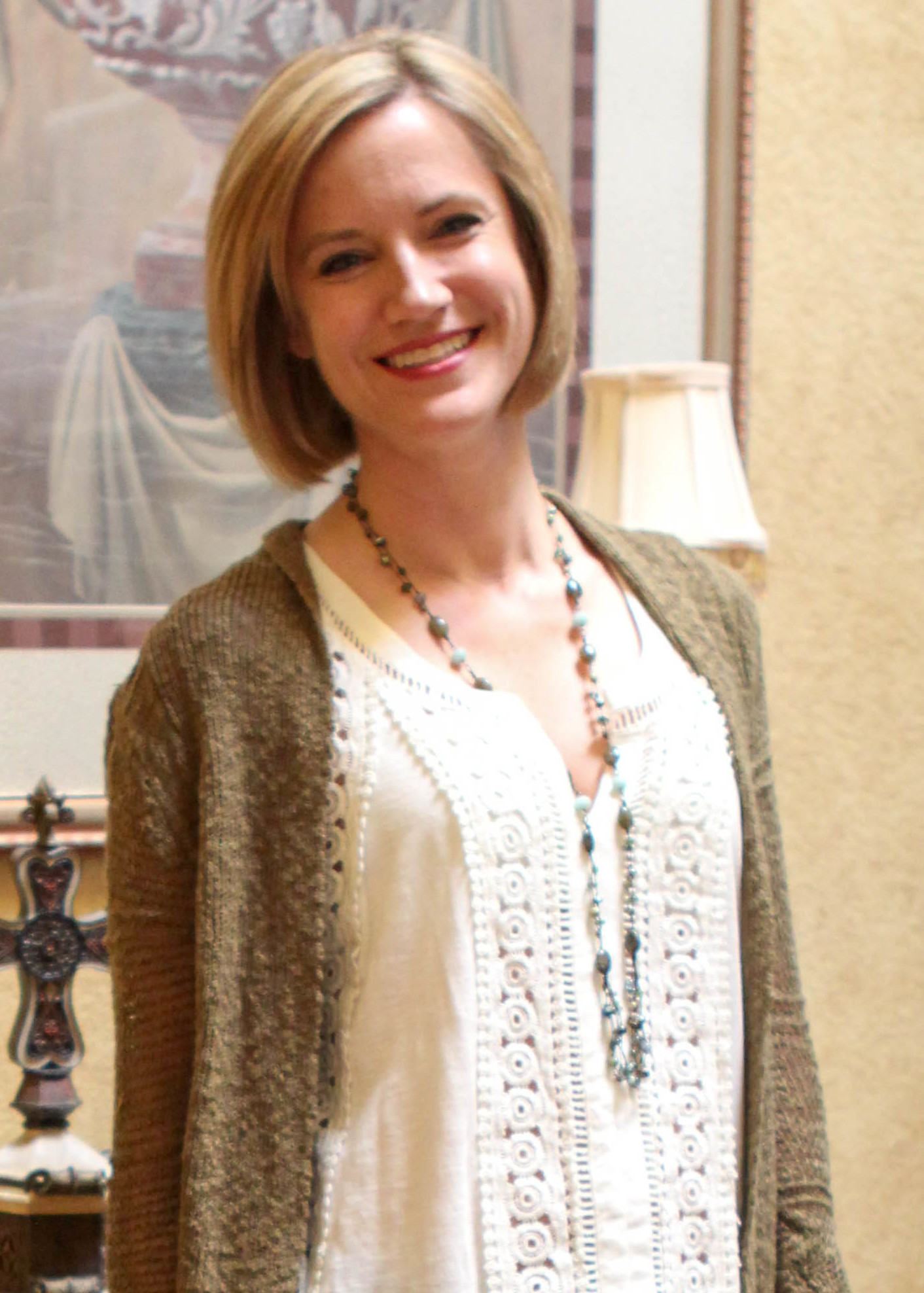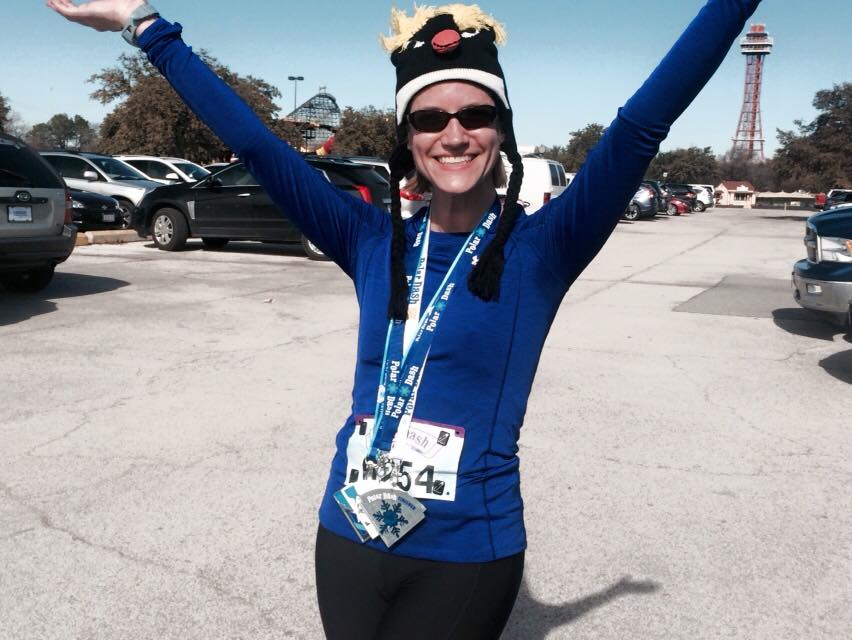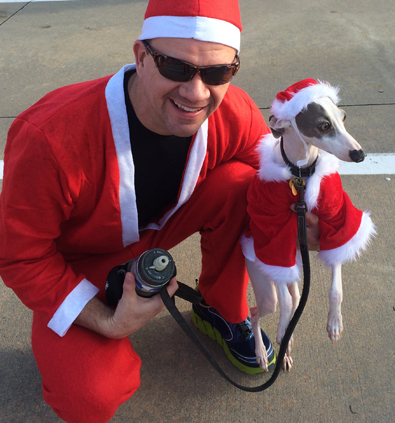Anatomy of a Rehearsal
When you sit down to watch a live stage performance, have you ever wondered what went on behind the scenes to make it happen? Well, here’s a glimpse behind the curtain, a somewhat (or maybe not) revealing anatomy of a rehearsal.
Rehearsals usually kick-off with a full read-through of the script. This is the time for actors to start getting a sense of who their character is (i.e. what’s their motivation). It’s also the perfect time for them to ask questions about things they may not understand in the script whether it be a certain line, an action, or behavior.
The next step is blocking — without a doubt the most tedious part of rehearsals. Blocking refers to the precise movement and positioning of actors on the stage. Similar to a choreographed dance, each actor has a carefully crafted set of moves that must be hit correctly for the performance to jive. It’s something that usually takes several weeks to work out, especially if you have a large cast of characters.
Currently, Pirates of Patmos is stuck in the blocking stage. Here are a few pics from tonight’s rehearsal where we blocked scenes from Act II.
Once blocking is complete, rehearsals begin to focus heavily on characterization. During these rehearsals the play really starts to take shape. The personalities of the characters begin to shine, the actors are off book (lines are memorized), and everything begins to gel. It’s the point when everyone starts to have fun.
Finally, the tech crew joins the rehearsals, and the performances are fine tuned. During these rehearsals, the sound, lighting, and special effects crews are in place. The stage is fully dressed, and all props are on set. This is when it becomes real and exciting — or really exciting. It’s when everyone realizes there’s only a couple of weeks until the performance.
During the last week, actors don their costumes, and the director makes the final tweaks. The night before performance, the last rehearsal takes place — the full dress rehearsal. This night should flow exactly like a performance — no stops and no second chances. Typically, we have a small audience attend the dress rehearsal to better simulate opening night. Afterwards, we regroup to address last minute fixes and adjust any mistakes.
That’s it. No more chances. No more rehearsals. The hard work is done. It’s time to sit back, relax and enjoy the performance.











